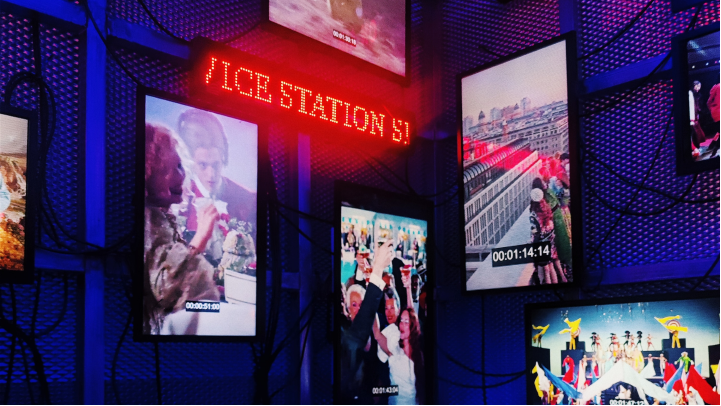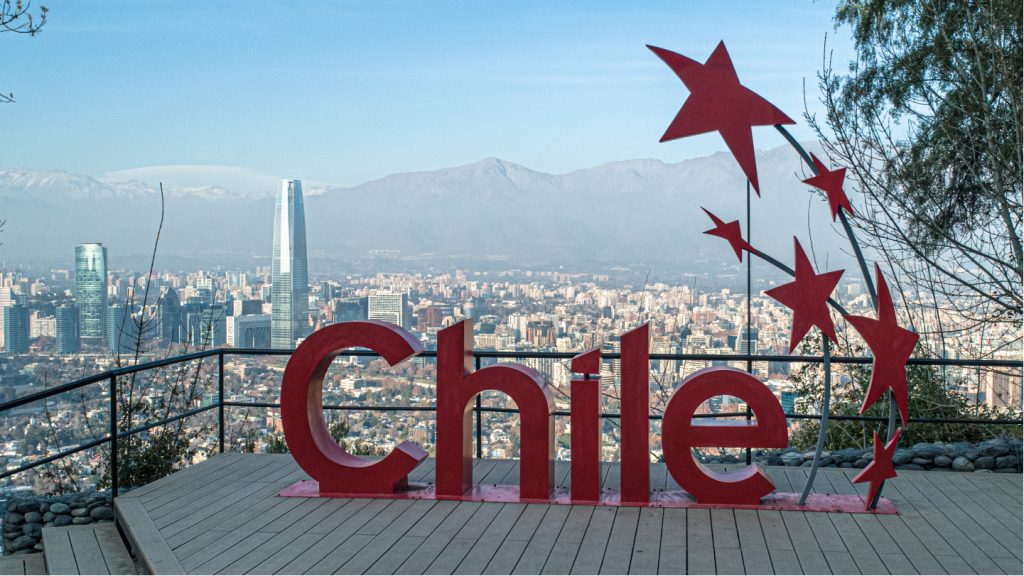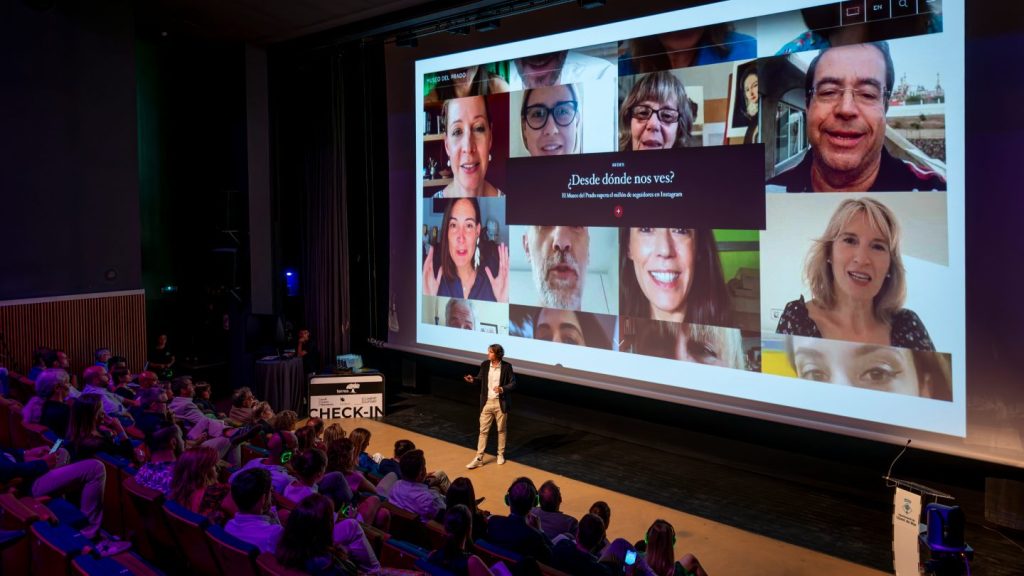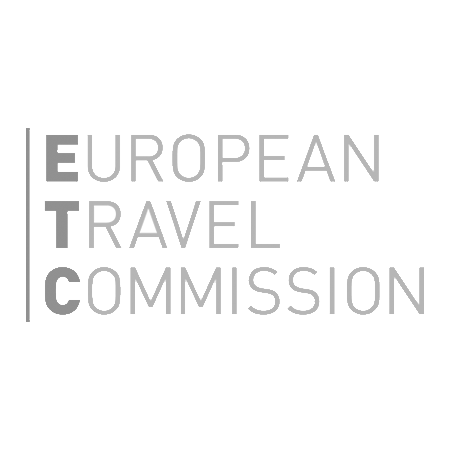Tourism is a sector that thrives on stories. With advancements in technology, the narrative canvas has expanded. The most successful brands are the ones that not only tell their stories but also encourage customers to participate in them.
Today, people are seeking authentic and unique experiences, and a good advertisement alone is not sufficient to reach them. This is where the concept of storyliving comes into play.
Storyliving represents a paradigm shift in the way companies engage their audience. It goes beyond traditional storytelling by enabling consumers not just to hear or see a story but to step into it. This immersive approach adds a dynamic layer to narratives, inviting the audience to be active participants rather than passive spectators.
In the realm of video marketing, this distinction between storytelling and storyliving offers endless possibilities.
Traditional Storytelling in Tourism Video Marketing
“People don't buy goods and services. They buy relations, stories, and magic.” - Seth Godin.
In tourism promotion, there is a powerful tool that transcends advertisements, social media content, brochures, travel websites, and many other formats –storytelling. In tourism videos, storytelling serves as the narrative thread that ties together captivating visuals, music, voiceovers, and text into a cohesive story.
By crafting narratives that evoke emotions and spark curiosity, storytelling has become a crucial element in showcasing the unique charm and appeal of tourism destinations and experiences.
The Storyliving
The digital age, particularly the rise of VR and AR technologies, has given birth to "storyliving". Instead of being passive spectators, viewers are now active participants. It makes the viewer feel seen, involved, and integral to the narrative.
Advantages of Storyliving in Tourism Video Marketing:
- Higher Engagement: Immersive experiences naturally captivate attention more than passive content.
- Personalized Experiences: Viewers can choose their journey, making each experience unique.
- Stronger Emotional Connection: Being 'a part of the story' enhances emotional ties to a destination.
Grand Tour of Catalonia - A Journey Full of Journeys
“The future of storytelling is about total engagement.” - Mike Monello, co-creator of The Blair Witch Project.
While the advantages of storyliving are clear, it doesn't negate the importance of traditional storytelling.
The “Grand Tour of Catalonia” is a tourism product in a route format to travel around all of Catalonia by vehicle over several days, discovering its main heritage, natural, gastronomy, and wine attractions, as well as getting to know its people, customs, and traditions.
To promote it, the Catalan Tourism Board and the agency Normmal, created an interactive video with four different endings, and viewers can make decisions for the protagonist by changing her route and, therefore, getting to know different places and people along the way.
This innovative approach ensures not only an initial engagement through storytelling but a sustained involvement as viewers become architects of their unique experiences.
Shaping the future of video marketing
The evolution from storytelling to storyliving signifies a shift from passive consumption to active participation. By recognizing the strengths of each approach and skillfully blending them, tourism marketers can create campaigns that not only capture attention but also forge lasting connections with their audience. As the landscape continues to evolve, the fusion of storytelling and storyliving will undoubtedly shape the future of tourism video marketing.












